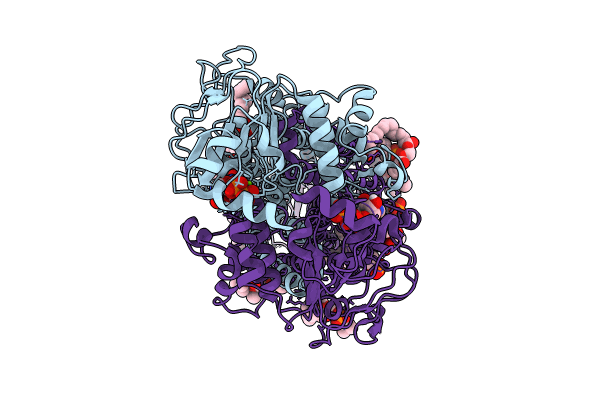
Deposition Date
2022-12-14
Release Date
2023-11-15
Last Version Date
2025-06-04
Entry Detail
PDB ID:
8FHK
Keywords:
Title:
Heterodimeric ABC transporter BmrCD in the occluded conformation bound to ATP: BmrCD_OC-ATP
Biological Source:
Source Organism:
Bacillus subtilis subsp. subtilis str. 168 (Taxon ID: 224308)
Host Organism:
Method Details:
Experimental Method:
Resolution:
2.90 Å
Aggregation State:
PARTICLE
Reconstruction Method:
SINGLE PARTICLE


